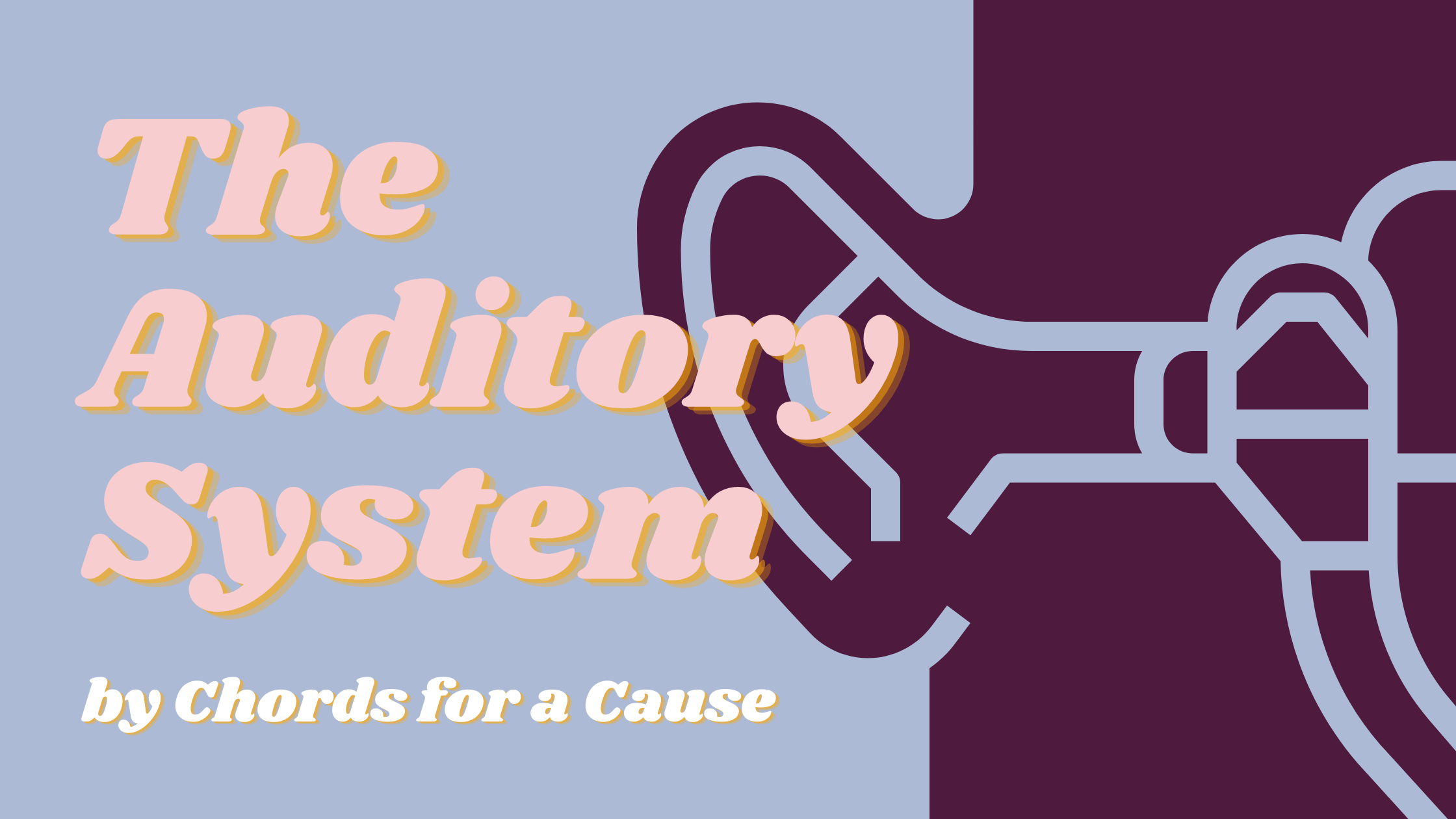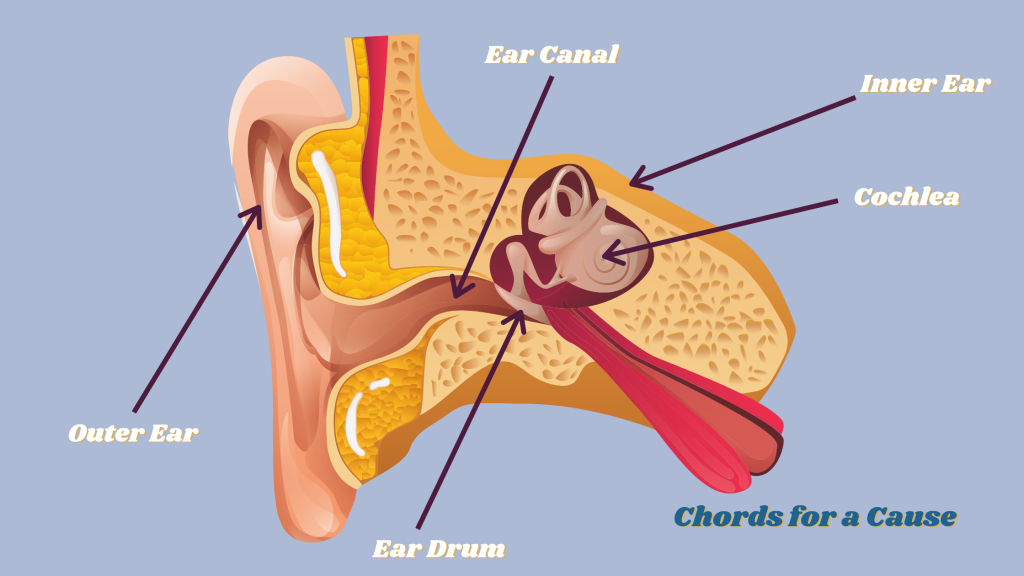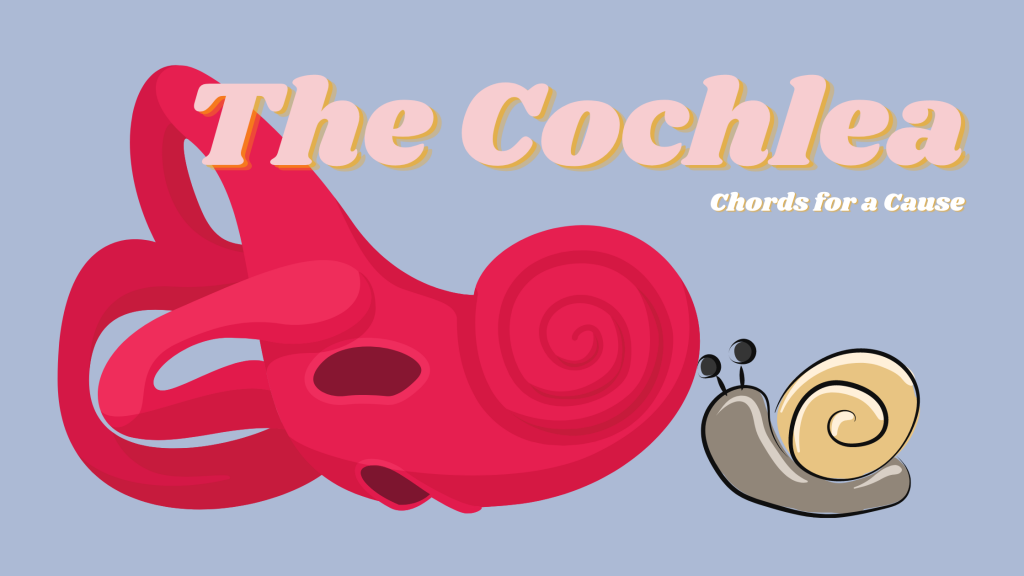The Human Ear: How Do We Hear?


Sounds are found in every aspect of human life, from birds chirping to the sound of cars honking. So how exactly can we hear and process the sounds that are occurring all around us? Interestingly enough, we don’t fully know yet. Scientists still haven’t found a very good explanation of the relationship between music and our auditory system.
Nonetheless, there are some things we do know about our ability to hear and process sounds, and it’s incredibly important to know them to fully appreciate the role of music in our lives. The auditory system transforms travelling air molecules into neural signals that we can hear and understand. This process, while it sounds pretty simple, is very complicated.


First, information goes from the outer to the inner ear. Because of the structure of our ears, there are resonance properties that allow the ear to filter and amplify the sounds we receive so they are transmitted more efficiently and are easier to hear.
This process starts with the entrance of sound into our outer ear, which has resonance properties that allow it to focus the sound into our ear canal. Think of a funnel that takes all the sound and pushes it into the center of the outer ear. This sound then moves through the ear canal towards the ear drum.
The ear drum is a tight flap of skin that vibrates when sound hits it. Similar to a drum, when the sound waves hit it, it vibrates and amplifies the sound even more. These vibrations then move to the inner ear. By doing this, our ear is amplifying sounds as much as possible so that we can hear it clearly.
After the sounds enter the inner ear, they go into the cochlea, which contains a snail-shaped organ that translates the mechanical vibrations into electrical impulses that our brain can process. As the sound waves move through the cochlea, microscopic hairs are disrupted and bend, creating channels that allow electrical signals to be created.


After these signals are created, they go through the auditory nerve to the brain, where the impulses are processed. Keep in mind that this is a highly simplified version of the process we go through to hear. For each of the structures and biological operations mentioned, there are hundreds of more complicated processes that are happening.
Resources:
- DOUGLAS B. WEBSTER, Ear Structure and Function in Modern Mammals, American Zoologist, Volume 6, Issue 3, August 1966, Pages 451–466, https://doi.org/10.1093/icb/6.3.451
- Shenoy, Mahesh. “Human Ear – Structure & Working | Sound | Physics | Khan Academy.” Khan Academy, www.khanacademy.org/science/in-in-class9th-physics-india/in-in-sound-india/in-in-structure-of-human-ear/v/human-ear-structure-working?modal=1.
- Kanegaonkar, Rahul G., and Max Whittaker. “The Anatomy of Hearing.” Hearing, 2015, pp. 3–12., doi:10.1201/b19201-2.

